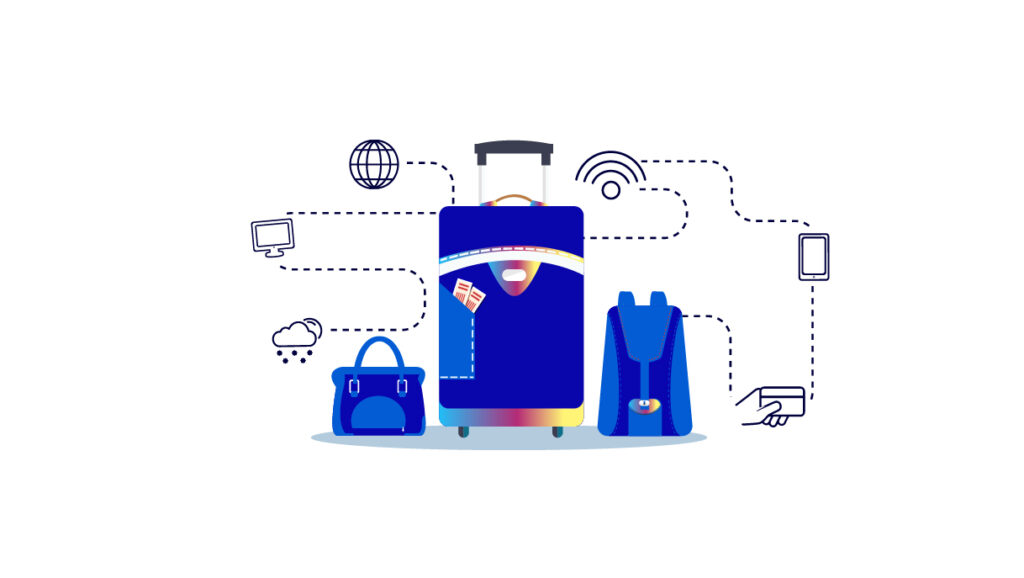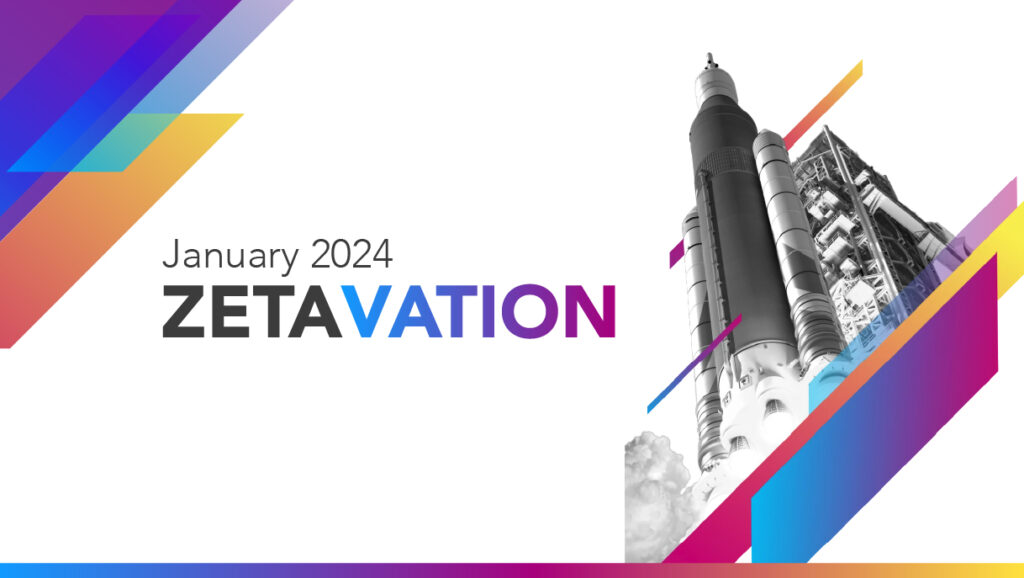
How to Measure Loyalty Program Success: 6 Meaningful Metrics
By Yara Lutz, SVP Customer Success. Nearly half (43%) of marketers and IT leaders are prioritizing improvement of customer retention/loyalty in the next 12 months — are you one of them? If so, how will you know if your loyalty program improvements are working?
Hint: It’s not about the number of members or the points accumulated.
Measuring (and improving) loyalty should be focused squarely on the value your program is building with your customers and bringing to your business.
Why Common Loyalty Program Metrics Fall Short
Your first inclination is probably to focus on enrollment rate and total membership numbers. But these are the wrong metrics to measure loyalty program success.
Why do these common loyalty metrics fall short? It comes down to understanding transactional loyalty versus emotional loyalty.
- Transactional loyalty: Loyalty is transactional when it’s driven solely by rewards and incentives (e.g. discounts, points, promotions). Customers participate for the benefits and savings, not because they feel a connection to your brand.
- Emotional loyalty: Emotional loyalty is based on a deeper, emotional connection between the customer and the brand. Customers feel aligned with the brand’s values, appreciate brand experiences, and feel like the brand “gets them”. These customers are willing to stick with the brand even if it’s not the most economical option.
Metrics like enrollment rate, total membership, and points accumulation are only indicative of a transactional relationship.
For example, a high number of sign-ups might look impressive, but it doesn’t guarantee that these members are actively engaged or making repeat purchases. What it really means is that your marketing team created a successful sign-up incentive. Instant 15% discount? Free gift with purchase? 250 free points? Many shoppers can’t resist a good offer and sign up for your loyalty program just to nab it.
Similarly, total loyalty membership fails to reflect actual engagement or loyalty, as many members may be inactive (after getting that initial incentive!).
Points issued is also a common loyalty program success metric. But high points issuance only shows that customers are earning points — it doesn’t show if they’re redeeming those points or finding value in the program.
Maybe your rewards aren’t relevant to your shoppers.
Maybe they take too long to earn.
Either way, lack of redemption means a disconnect between earning and actual engagement.
While these common loyalty program KPIs might look good on paper, they don’t indicate any real affinity for or emotional connection to your brand — and shouldn’t be used as a true measure of loyalty.
How to Measure Loyalty Program Success (for Real)
If not membership numbers and points, what metrics will tell you if your customer loyalty program is working? The best way to measure success is with metrics that show engaged customers building an emotional connection, such as:
- Customer lifetime value
- Percent of total sales from loyalty program members
- Repeat purchase rate
- Retention and churn rates
- Share of wallet
- Participation rate
1. Customer Lifetime Value (CLV)
CLV is the total revenue a business can expect from a customer over their entire relationship. Higher CLV indicates that customers are not only loyal but also valuable, making frequent purchases and engaging with the brand consistently.
You’re probably familiar with this loyalty metric — according to Forrester research, 81% of respondents measure customer lifetime value. However, the typical approach to measuring CLV is reactive, tallying what customers bought, when, how, etc.
It’s far more valuable to also use CLV as a forward-looking profit contribution metric that serves as a key input to your loyalty strategy. Taking a forward-looking approach to value allows you to focus retention efforts on customers who will deliver the most value to the business over time.
But there is some significant work that goes into this calculation, which is why only 14% of businesses are currently using forward-looking profit metrics.
Watch next > How Zeta thinks about CLV
2. Percent of Total Sales from Loyalty Members
This metric refers to the proportion of a company’s revenue that is generated by customers enrolled in the loyalty program. A higher percentage of total sales from loyalty members shows that your program is successfully driving repeat purchases and engagement.
There’s nothing quite like a good ol’ ROI measurement to prove the success of a program, and this loyalty metric allows you to calculate return. Calculate this KPI by dividing the sales from loyalty members by your total sales, then multiplying by 100 to get a percentage. Compare this number to your total program costs to see your return.
3. Repeat Purchase Rate
Nothing shows you value a brand quite like coming back to buy again and again. Repeat purchase rate tracks the percentage of customers who make multiple purchases over a given period.
A healthy repeat purchase rate shows your loyalty program is successfully fostering ongoing customer relationships (beyond those initial incentives). Plus, repeat customers tend to spend more over time, contributing to higher CLV and long-term revenue.
4. Customer Retention and Churn Rates
While retention is the percentage of customers who continue to engage with the brand over a specific period, churn is the percentage who stop engaging during that period. High retention indicates strong customer loyalty and satisfaction, as well as revenue stability.
Conversely, churn may be an indication of problems with your loyalty program’s appeal.
5. Share of Wallet
Also called budget ratio, share of wallet is the proportion of a customer’s total spending in a category that goes to your brand instead of your competitors. A higher share of wallet shows high levels of overall customer satisfaction and loyalty.
Share of wallet can also be a valuable indication of how much you can expect to earn from new customers if you nurture the relationships properly.
6. Participation Rate
Participation rate is simply the rate at which loyalty members actively engage with the program in a given period. A high participation rate indicates that members find the program valuable and enjoy interacting with your brand. Active participation in your program often correlates with higher retention rates, as engaged members are more likely to remain loyal to the brand.
The Path to More Emotional Loyalty is Personalization
Now that you know what to measure, how should you go about optimizing the performance of your loyalty program against these metrics?
The key is personalized experiences. And to build emotional loyalty, personalization must go (much) further than a first name and a subject line.
Shoppers today expect to interact with a brand anywhere, anytime, on their terms. While 86% of brands are powering personalization by simple demographic data (like age, income, profession, and education), only 41% are using lifestyle data (like attitude, choices, habits). Only 32% are using in-the-moment information about the customer interacting with the company.
To show customers that you “get them”, your brand must move beyond simple, channel-specific personalization to a holistic approach that delivers highly personalized content across channels and interactions. The payoff of this level of differentiated personalization is big, increasing the relevance, appeal, and performance of your loyalty program.
A few things must happen to begin down this path:
- Integrate data sources: For higher levels of personalization, you must know more about each individual. This means integrating data that’s typically siloed across departments and applications. Your loyalty program data should be fully integrated with your CRM data, for example, to provide a comprehensive view of customer behavior.
- Expand personalization: As you create a more complete view of each shopper, use this data to expand the ways in which you personalize their experiences. Let’s say a shopper views an item online but doesn’t buy. You could send a follow-up text later that day offering extra loyalty points to purchase that item — and adjust the send time for when they’re most likely to react.
- Create feedback loops: As you learn more about each shopper, you should continually apply that data to further personalize their experiences — within the loyalty program and across other interactions with your brand.
More personalized experiences encourage customers to return and, in turn, grow their value to the business. And at the end of the day, the key is to prioritize strategies that maximize the lifetime value of each customer.
Elevate and Differentiate Your Loyalty Program
Remember, the true measure of loyalty has nothing to do with member numbers or points. Loyalty is about creating emotional connections that customers value — and that increase their value to your brand.
By focusing on meaningful metrics like CLV, repeat purchase rate, and share of wallet, you’ll get an accurate measure of how well your loyalty program is performing.
And to max out those metrics, look to data-driven personalization.
Where should we link this? ZMP or CDP?
Want to see Zeta in action?




